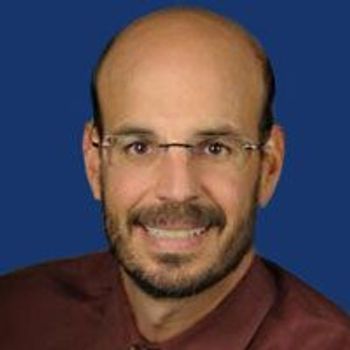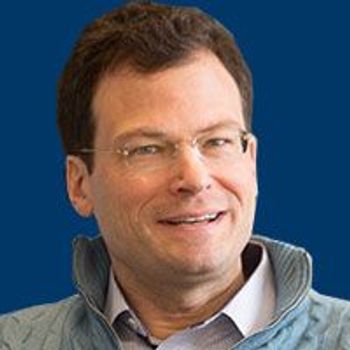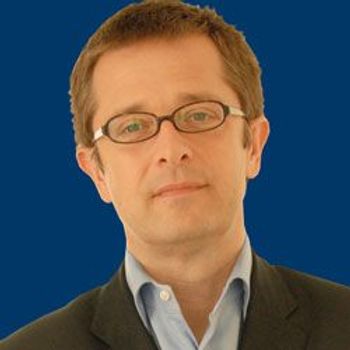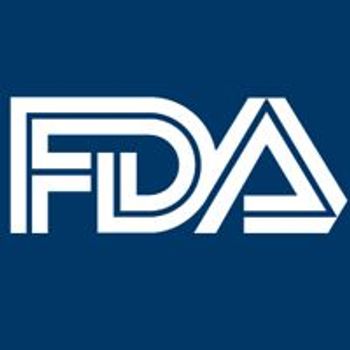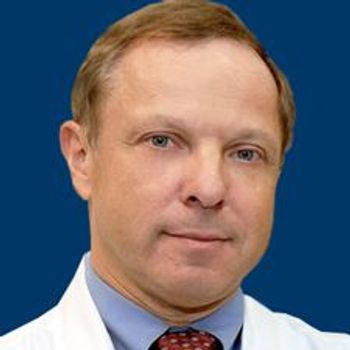
Phase 3 results from the LyMa trial show that rituximab maintenance therapy after autologous stem cell transplant (ASCT) prolongs event-free survival, progression-free survival, and overall survival (OS) in previously untreated young patients with mantle cell lymphoma (MCL).
